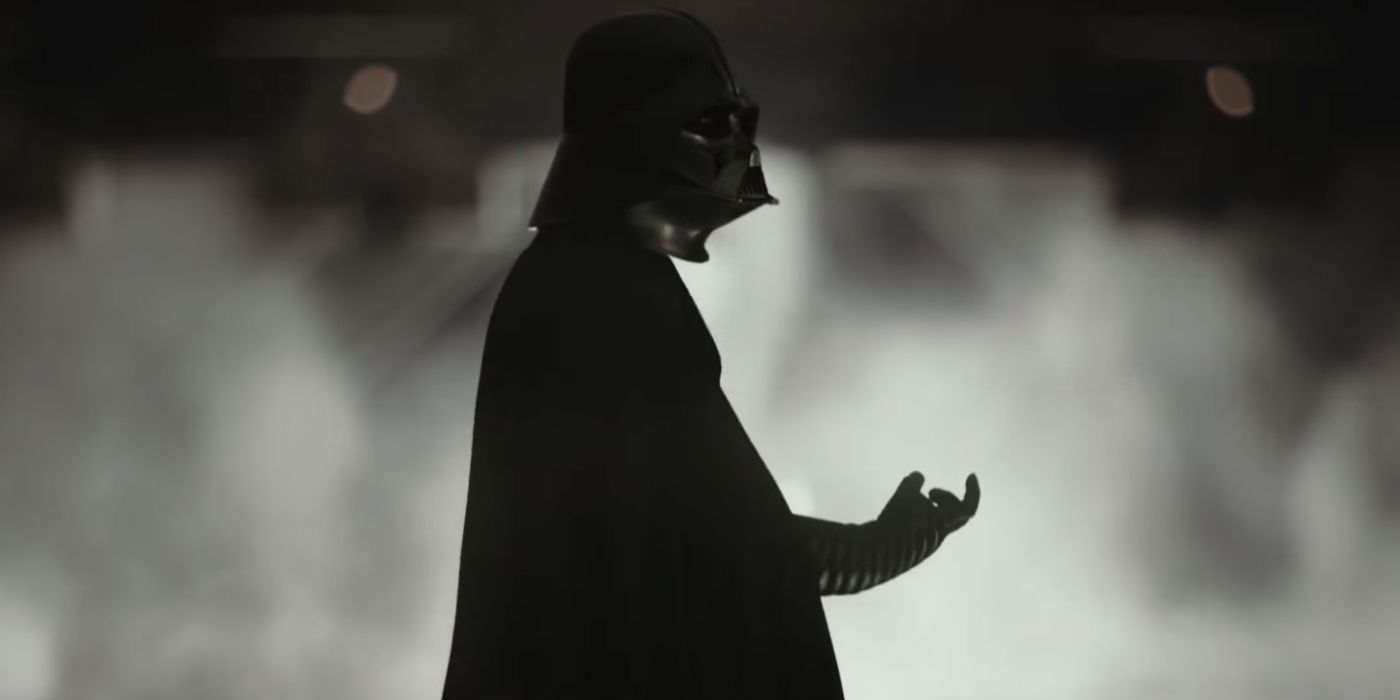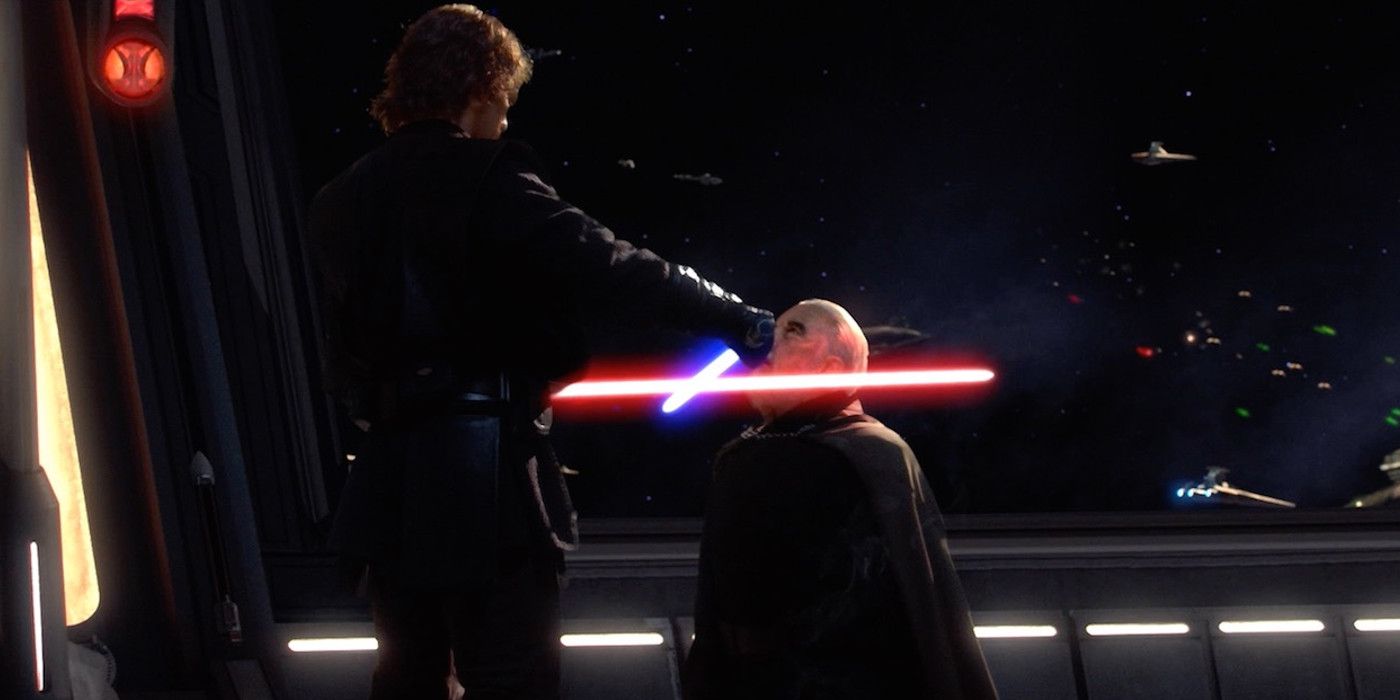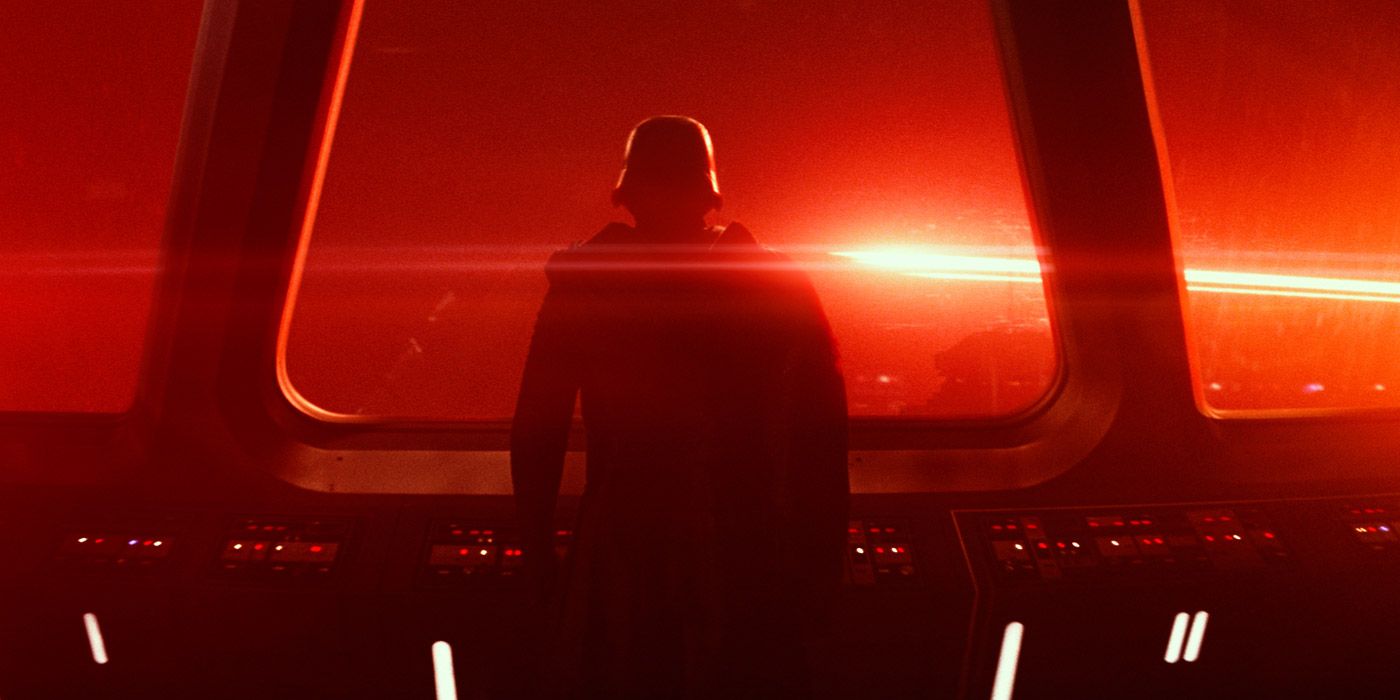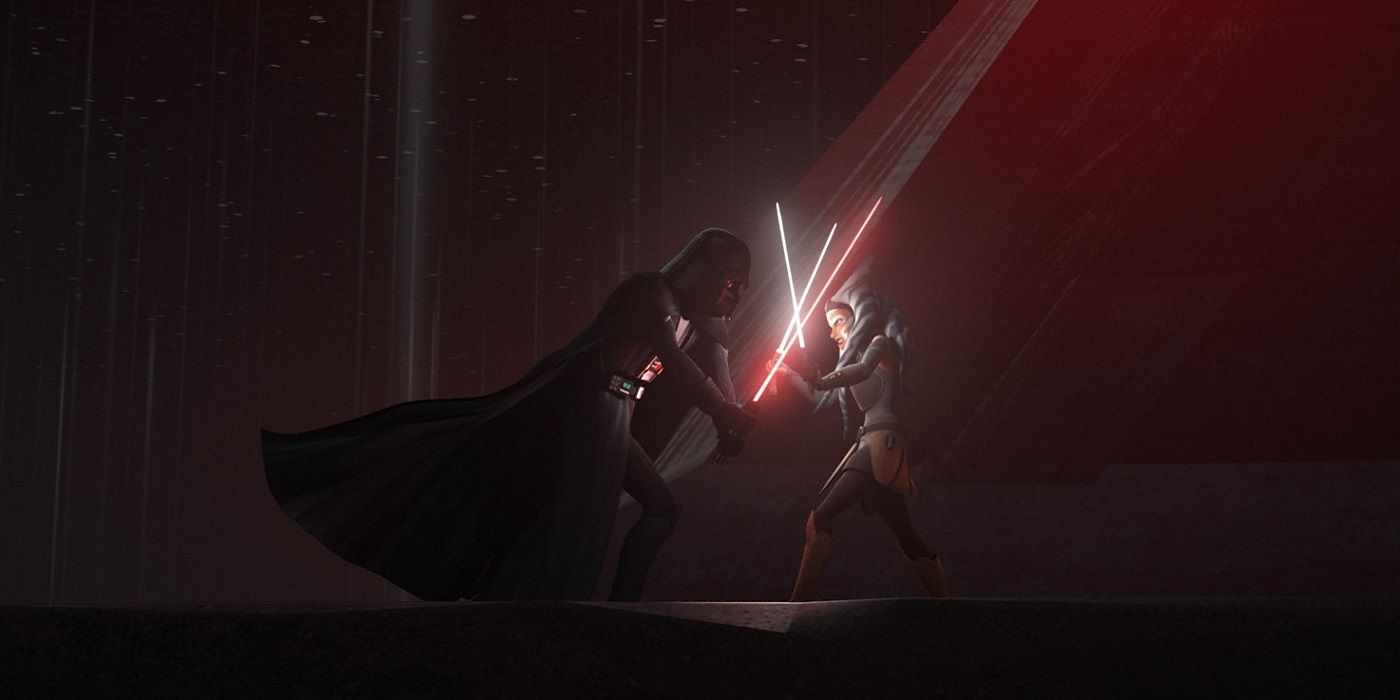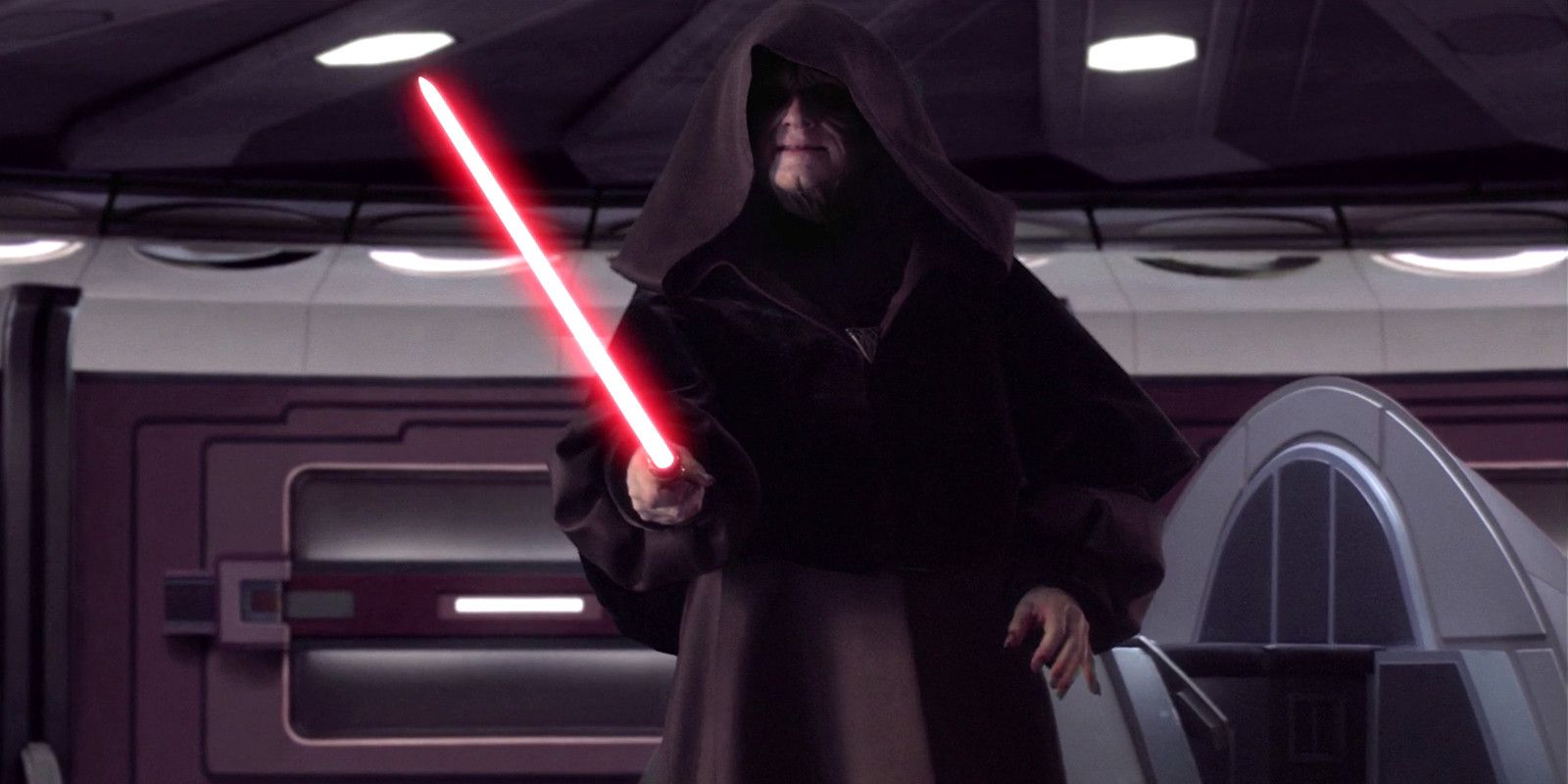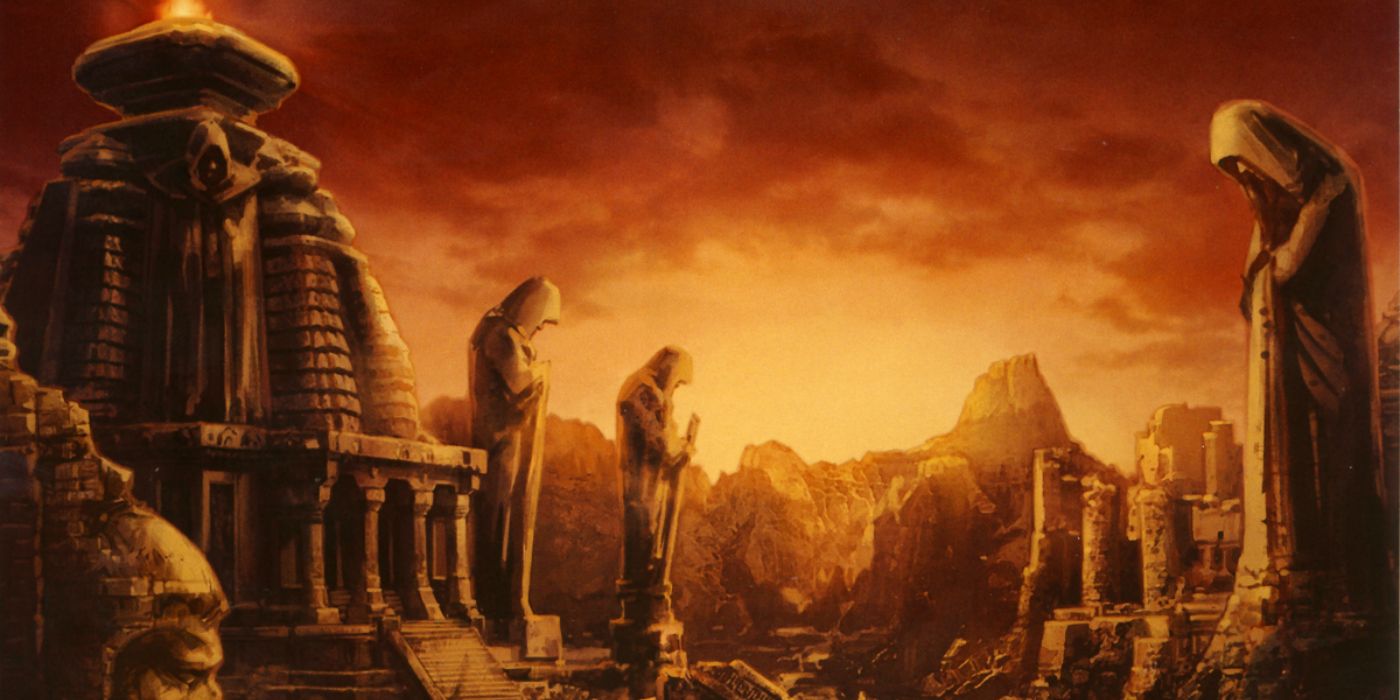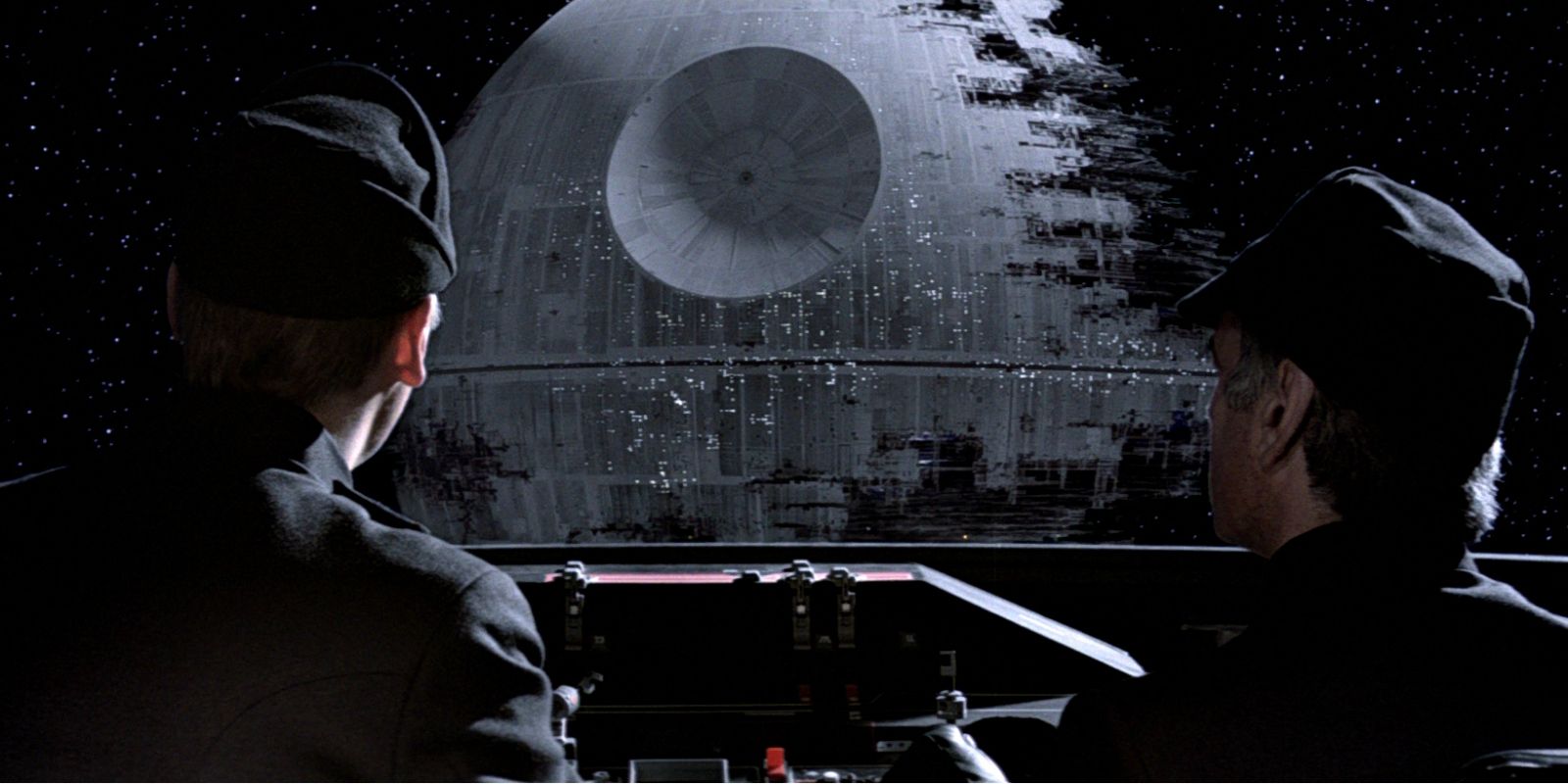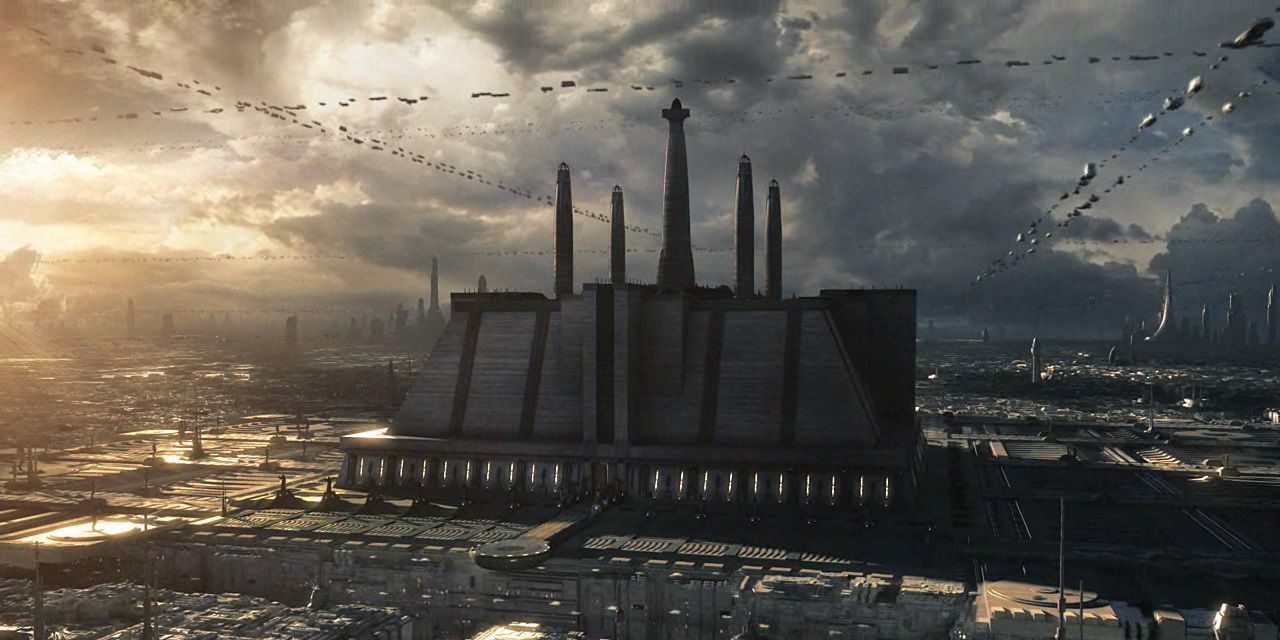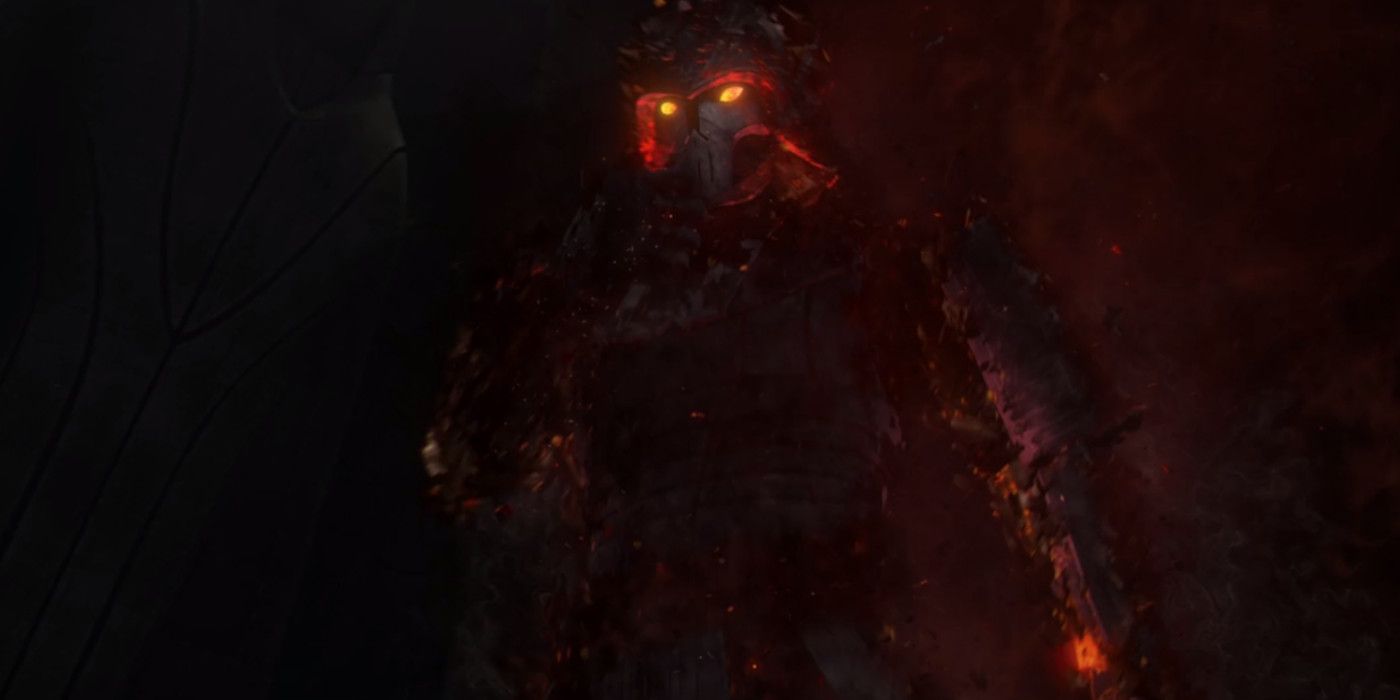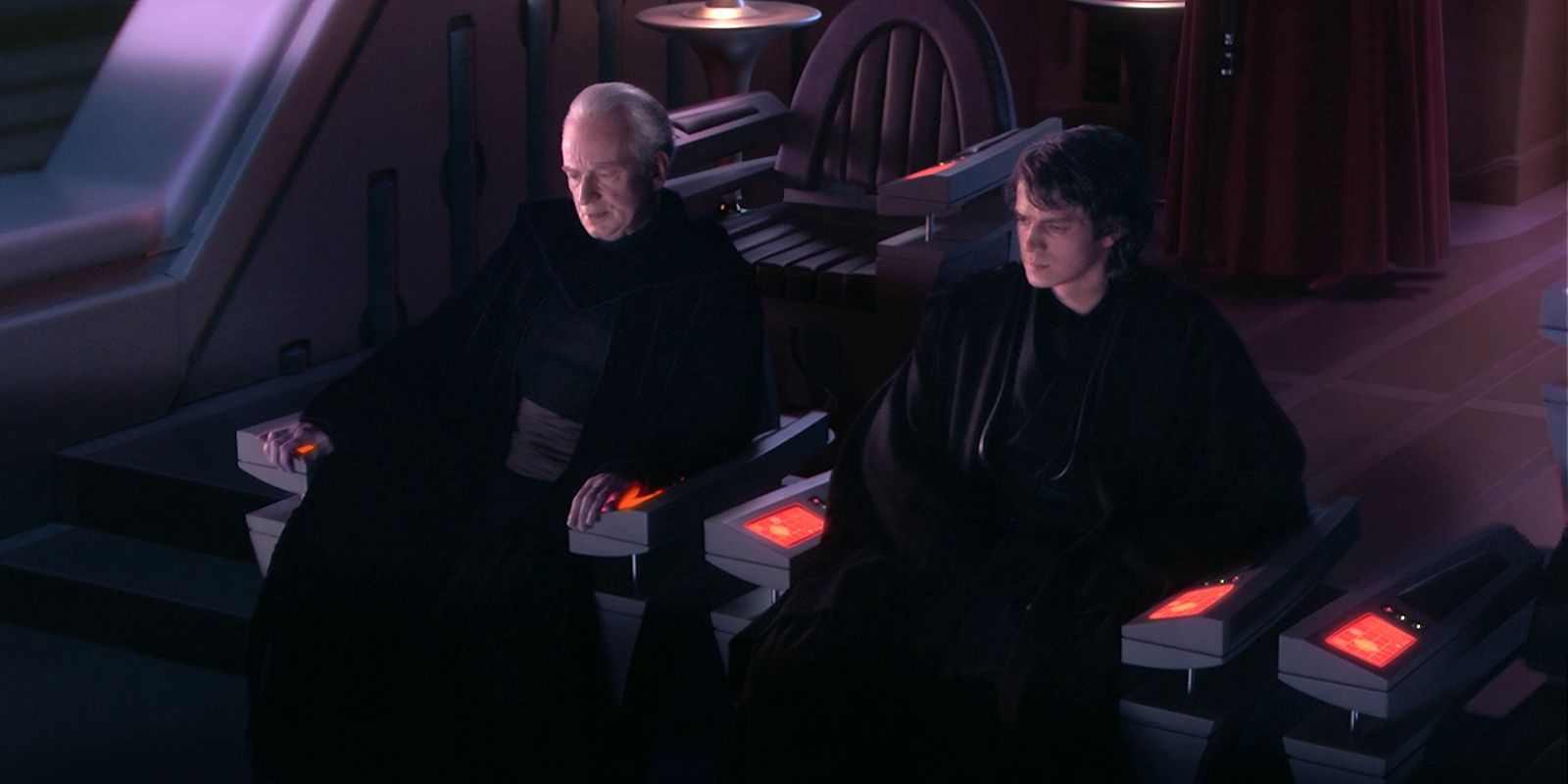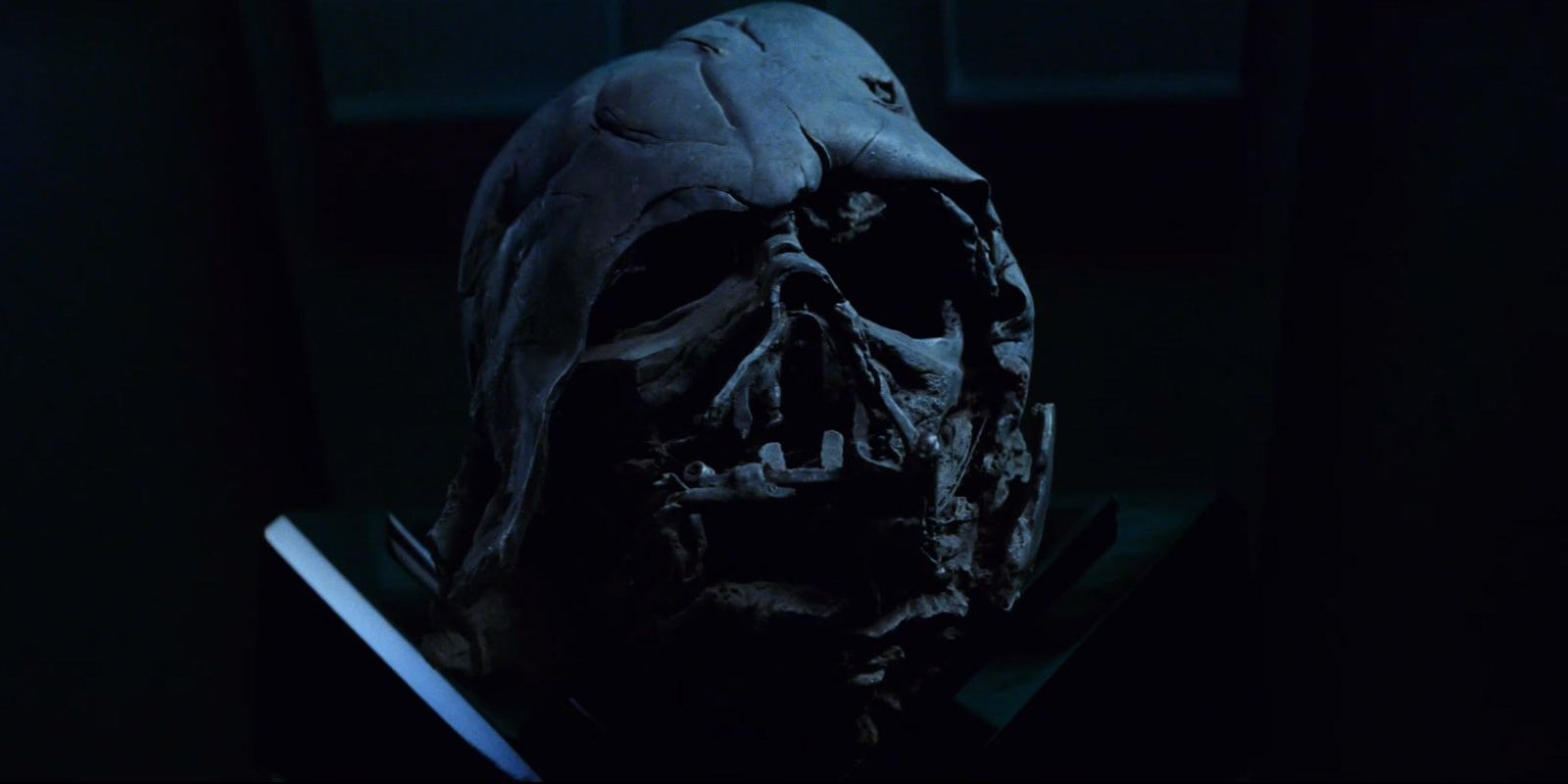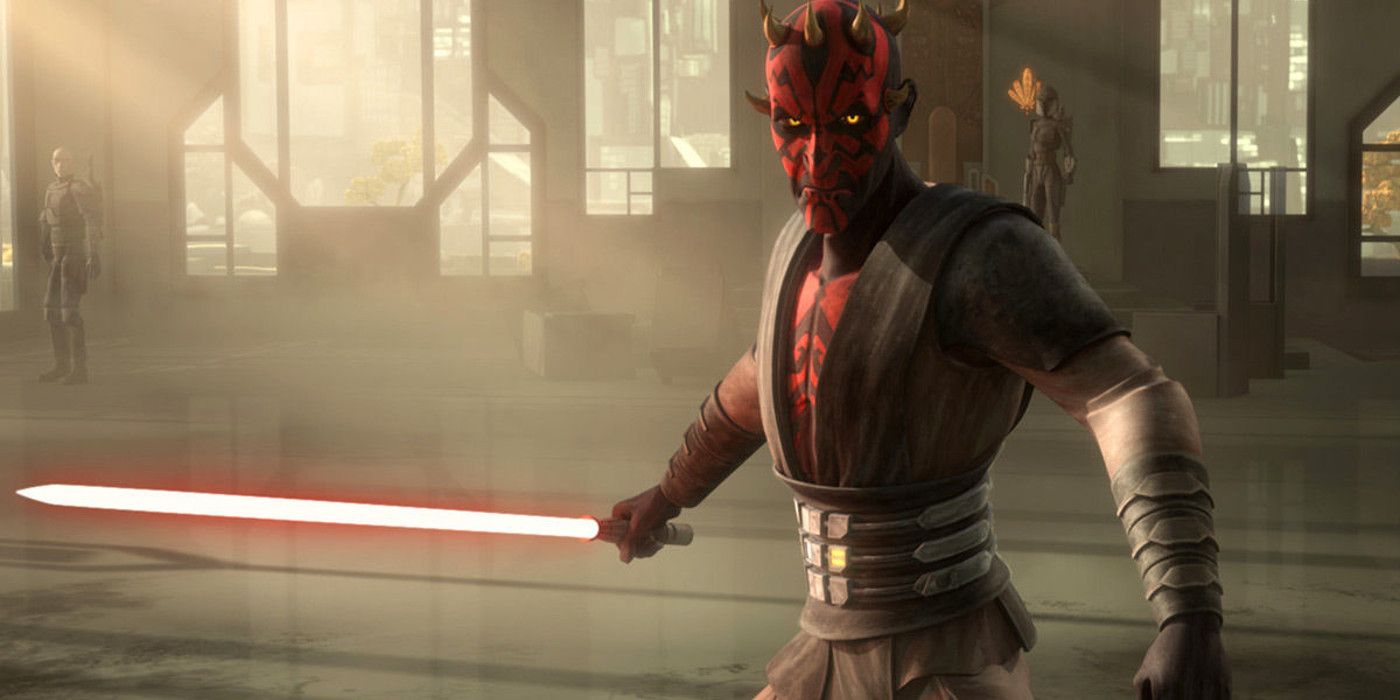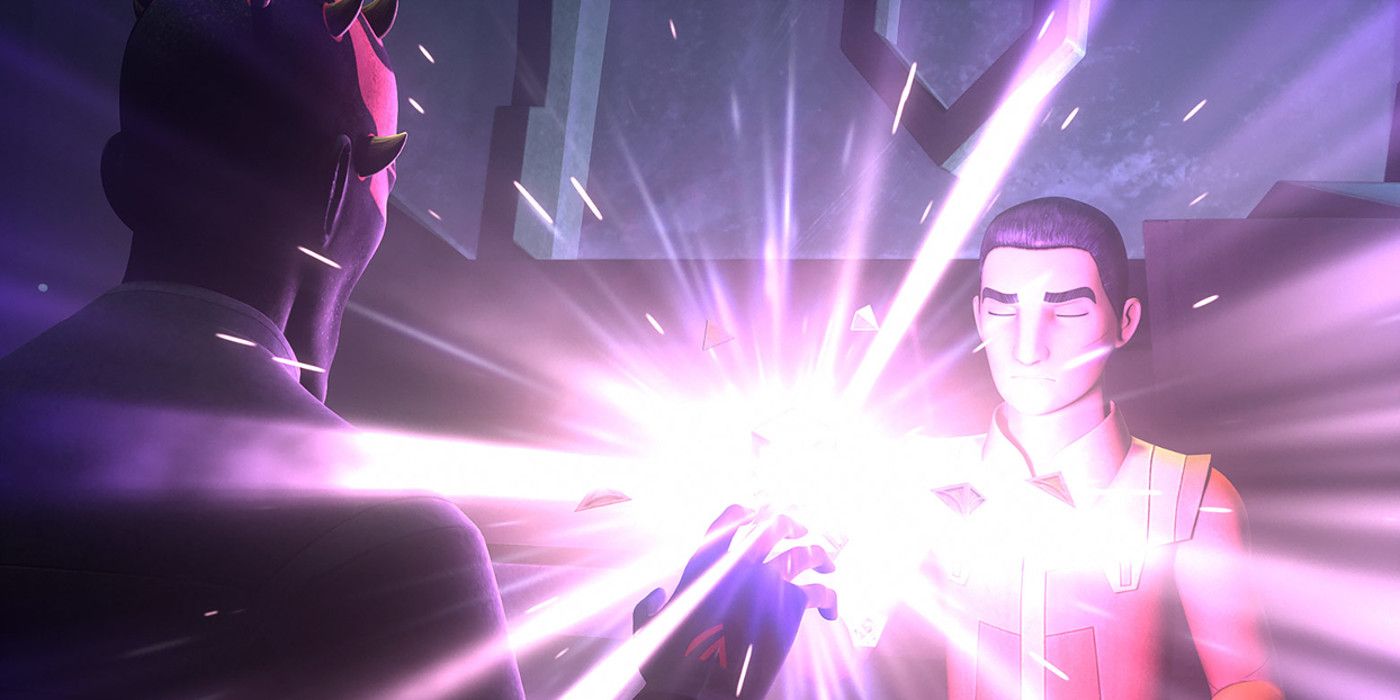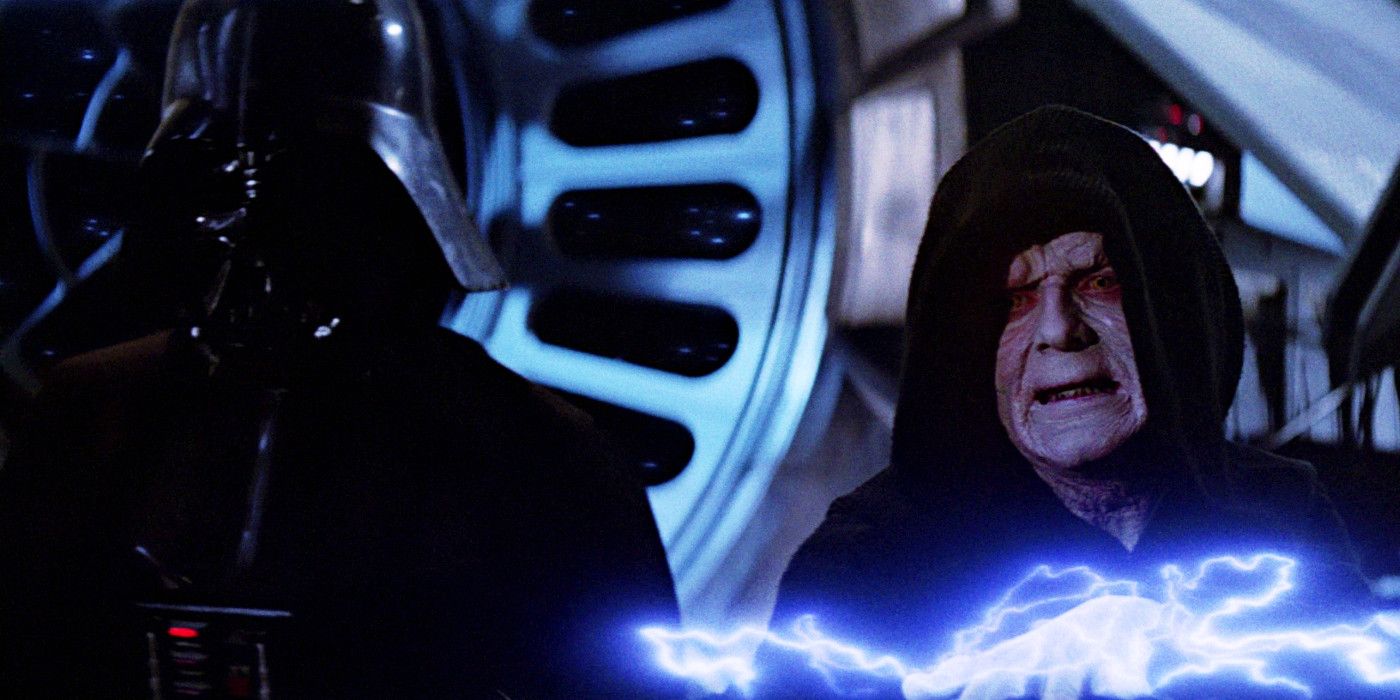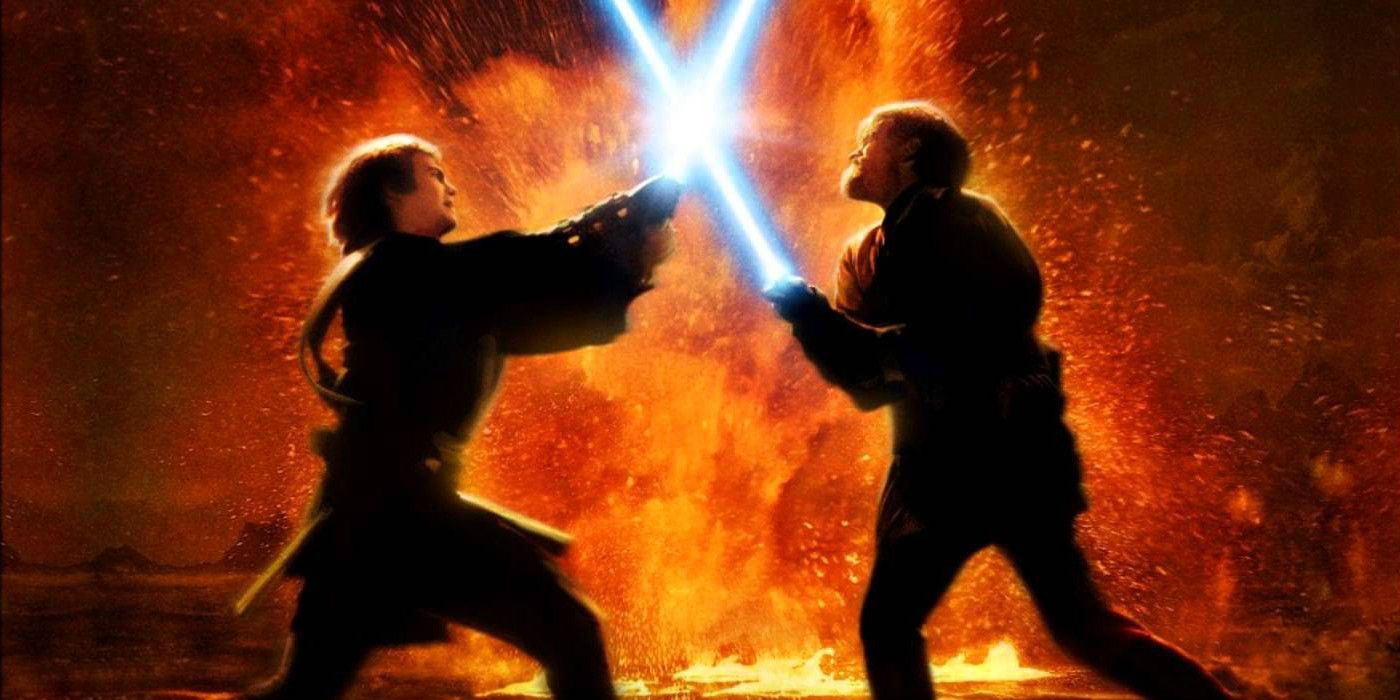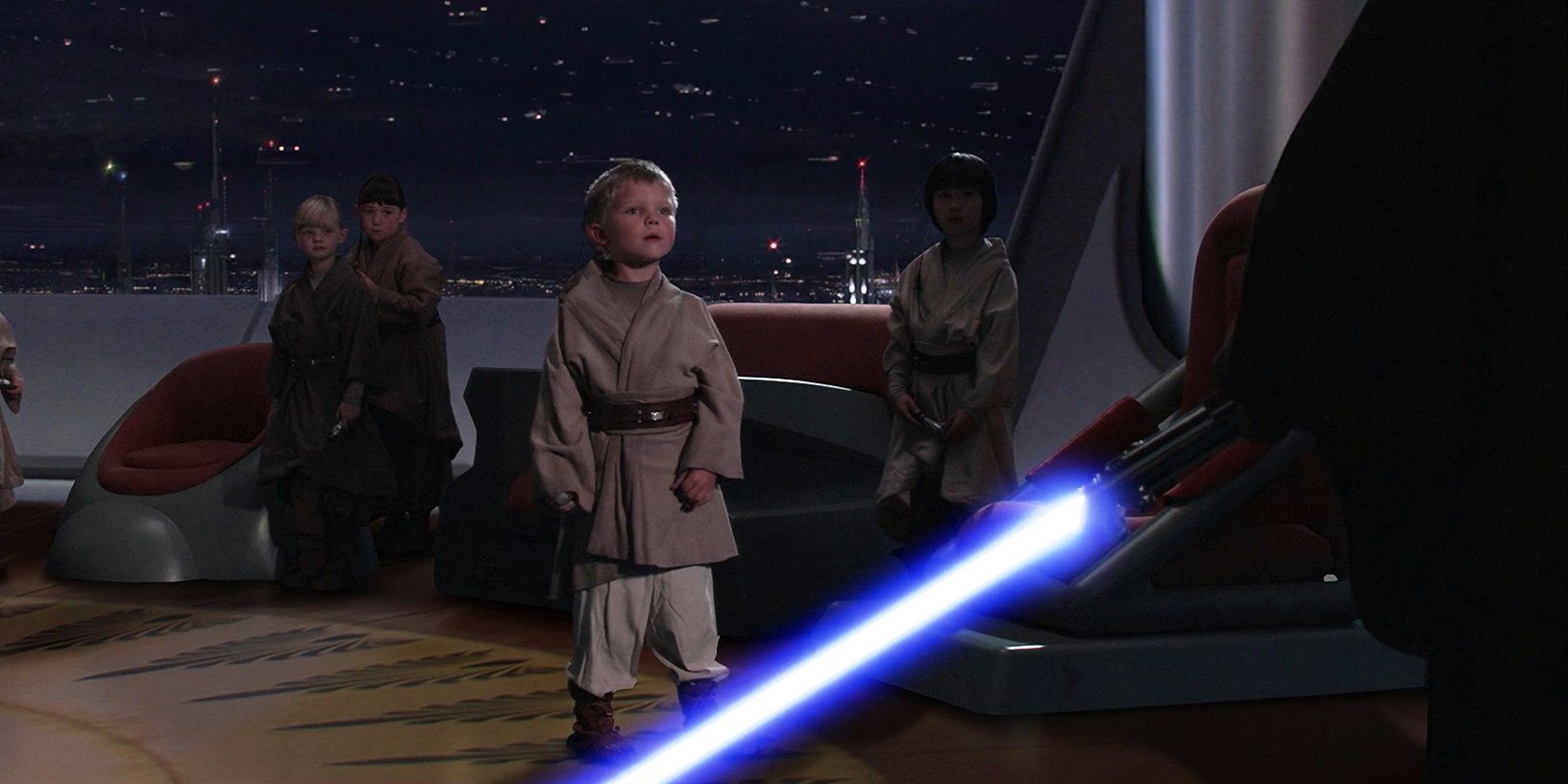Darth Vader. Darth Sidious. Darth Maul. The Sith are Star Wars' most iconic villains and the major antagonists of both the original and prequel trilogies - their rise and fall prove to be the end of both the Jedi Order and, eventually, the Sith themselves. The Sith are a mysterious organization, especially in the new canon, which distinguished itself from the Star Wars Legends novels and stories. All of the entries in this list are designated canon, although references to Star Wars Legends material is noted in some entries. Feel free to share Exar Kun trivia in the comments!
With the first Star Wars anthology film Rogue One: A Star Wars Story (2016) opening, fans will get to see the Sith in action once more... and given their popularity, it's likely that they will appear in many more films in the future.
While you're waiting to see Rogue One, here are 15 Things You Didn't Know About The Sith.
15. Not all Dark Jedi Are Sith
Yoda describes the Sith in The Phantom Menace (1999): "Always two there are. No more, no less. A master and an apprentice." Darth Bane enacted the "Rule of Two", stating that at any time, there were only two Sith. Other Dark Jedi could and did exist, serving the Sith. It is incorrect to call Asajj Ventress, General Grievous, soldiers of the Empire or First Order, or the Inquisitors "Sith." Not all Dark Jedi are automatically Sith.
The title of "Sith" in the Star Wars movies is only held by four characters that appear on screen: Darth Sidious (Emperor Palpatine), Darth Maul, Darth Tyranus (Count Dooku), Darth Vader (Anakin Skywalker). In all cases, Darth Sidious is the Sith Master, who holds power. The others are the Sith Apprentice, who both serves the Sith Master and craves the power that the Sith Master has.
Darth Bane put this cycle in place to stop Sith fighting Sith - although eventually, the Sith Apprentice will kill the Sith Master and take the Master's place (and a new Apprentice). The Master, conversely, attempts to maintain power and may kill the Apprentice if they become too much of a threat. While the Sith work together, their relationship is also designed on them killing each other.
14. Kylo Ren is Not a Sith
Building off of the last point, one of the most common misconceptions about The Force Awakens (2015) is that Kylo Ren is a Sith. While Kylo Ren is a Dark Jedi and an admirer of the Sith Apprentice Darth Vader, he is not a Sith himself. Director J. J. Abrams confirmed that Kylo Ren was not a Sith in interviews leading up to The Force Awakens.
Abrams also confirmed that Supreme Leader Snoke, who Kylo Ren and the Knights of Ren serve, is also not a Sith. Abrams described Snoke instead as "a powerful figure on the Dark Side of the Force". Snoke believed that Darth Vader and the Sith were weak, and that weakness is what brought about their downfall. As of now, the canonical Sith appear to have died with Darth Vader and Darth Sidious. It is possible that the Sith could reappear in the future, but they do not appear in The Force Awakens.
13. The Sith Splintered From the Jedi
Darth Vader and Darth Tyranus followed in the footsteps of their Sith ancestors when they left the Jedi Order. Star Wars Legends created a number of stories that chronicled the long history of the Jedi Order and the Sith. However, the canonical Sith are still largely shrouded in mystery. What we do know is that over six thousands of years before any of the Star Wars movies, a group of Force users within the Jedi Order formed the Sith. They believed that the dark side held the true strength of the Force; the Sith competed with the other Jedi, initially within the Order. This struggle for power came to be known as the Hundred-Year Darkness. After that time, the Jedi cast the Sith out of the Order. This schism led to countless wars between the Sith and Jedi Order in the centuries to come before the Sith went into hiding.
12. Sith Ligthtsabers are Made from Bleeding Kyber Crystals
In Star Wars Legends, dark side lightsabers used synthetic crystals to emit their crimson blades. However, Star Wars canon offers another explanation behind the creation of dark side lightsabers. Kyber crystals were natural crystals that each Jedi chooses when they build their lightsaber. Dark side force users, including the Sith, only use kyber crystals that belonged to slain Jedi; these kyber crystals are linked to their previous Jedi owners, and so they "bleed", giving the Sith's lightsaber their signature red tone.
In the case of each of the Sith that appear in the movies (that is, Darth Maul, Count Dooku, Emperor Palpatine, and Darth Vader), their red lightsaber is an emblem of a killed Jedi, a disturbing reminder of the path each has gone down. For more about Sith lightsabers, see our list on Sith lightsaber trivia. The article explores Sith lightsabers in detail, including examples from both Star Wars Legends and the new Star Wars canon.
11. Moraband is the Sith "Homeworld"
Moraband is the canon Sith homeworld, based on Korriban from Star Wars Legends. The planet name was changed because George Lucas stated that he preferred "Moraband" over "Korriban". A planet of red mountains and deserts, destroyed by ancient wars. On Moraband, the Sith built temples and tombs in the Valley of the Dark Lords.
In Star Wars: The Clone Wars, the Force priestesses send Yoda to Moraband. Yoda goes to the planet seeking the secret of surviving death and becoming a Force ghost. On Moraband, Yoda sees Sith spirits, including a shade of Darth Bane (voiced by Mark Hamill) who urges Yoda to turn to the dark side. George Lucas had said that Sith were not capable of coming back from the dead as spirits or ghosts, and it is unclear if this view is still canon. Yoda, however, dismisses Darth Bane's temptations, saying that he is merely an illusion and sends the shade back to his crypt.
10. The Death Star Was Modelled on Ancient Sith Superweapons
The Empire's original Death Star was based on an ancient Sith design, dating back thousands of years. The Death Star's laser was capable of destroying whole planets because it utilized a giant kyber crystal. This was the same technology that was used to create the lightsaber's beam of light, but maximized in size and power.
During the prequel trilogy, Darth Tyranus and Darth Sidious wanted to develop a Sith superweapon. They supplied the original Sith idea to the Separatists. The plan was further developed on Geonosis. After the end of the Clone Wars, the Death Star prototype design was constructed by the Empire.
There is a certain irony, then, that Admiral Conan Motti mocks Darth Vader about the power of the Sith in contrast to the power of the Death Star; as it turns out, they are one and the same. Motti learns his lesson, however, when Vader chokes him in front of the rest of the Imperial elite.
9. The Jedi Temple on Coruscant Was Built Over a Sith Shrine
The Jedi Temple on Coruscant is at the heart of the Jedi Order in the prequel trilogy. Surprisingly, unlike many other Jedi Temples in the canon universe, the Coruscant Temple's location is not built on sacred ground; on the contrary, it is built on the ruins of a Sith shrine, a symbol of the Jedi victory over the Sith. This symbolic gesture, however, had drastic and deadly consequences for the Order. Darth Sidious knew of the shrine and its power, and used it to cloud the Jedi's knowledge of his true identity. The Jedi Council did not realize that the Sith were among them on Coruscant, plotting their downfall.
After defeating the Jedi Order, the triumphant Darth Sidious crowned himself Emperor Palpatine of the Galactic Empire. He converted the Jedi Temple into his Imperial Palace, which seems especially fitting given its ties to the Sith. Once again, the victor claimed the prized location as a place of honor.
8. Darth Bane Created the Rule of Two
Darth Bane is one of the most famous Sith in Star Wars history. Originally developed in Star Wars Legends, a shade of Darth Bane made an appearance in Star Wars: The Clone Wars, making the character canonical, unlike other famous Sith like Exar Kun, Darth Revan, and Darth Caedus. Because his appearance is so brief and because the shade of Darth Bane is dismissed by Yoda as an illusion, much of Darth Bane's story remains in the liminal space between canon and Star Wars Legends. However, Yoda does confirm in the television show that Darth Bane is responsible for the creation of "The Rule of Two", stating that there shall only be two Sith at any given time, one Master and one Apprentice. Bane created the rule after he realized that because Sith were drawn to power, they would always fight amongst themselves (and thereby be useless against the Jedi, who would band together). Bane's system of two allowed the Sith to continually become better, even as Apprentices killed Masters.
7. Darth Plagueis was Palpatine's Master
Palpatine tells Anakin a story of Darth Plagueis, a Sith who was so powerful he learned how to stop death. The audience of Revenge of the Sith (2005) can tell that Palpatine is telling this story as a way to seduce Anakin by telling him the power of the dark side. Anakin is desperate to find a way to keep his loved ones alive, and Palpatine is able to offer exactly what Anakin wants to hear.
However, Darth Plagueis The Wise is not just a story that Palpatine makes up. In fact, Plagueis, who is eventually murdered by his Sith Apprentice, was the Sith Master of Palpatine himself. While Plagueis was able to play with life and death, he was not able to prevent his own death at the hands of his more powerful Apprentice.
Darth Sidious also had an interest in life and death; he learned about other dark Force users on the planet Dathomir, and combined the Sith knowledge of the dark side with the dark magick of the Nightsisters.
6. Sith Cultists
While there could only be two Sith at any given time after Darth Bane, there were a number of Sith followers who took on many roles and capacities. Of course, other Dark Jedi worked alongside and under the Sith, including Asajj Ventress and (for a time) Quinlan Vos. Yupe Tashu, who was not Force-sensitive, acted as a Sith historian and advisor to Darth Sidious during the reign of the Galactic Empire; after Sidious's death, Yupe Tashu was one of the highest ranking Imperial officials and a member of the Imperial Future Council.
Finally, after the destruction of the second Death Star and the demise of the Sith, a number of Sith cultists came into being, including the Acolytes of the Beyond. Collectors began to obsessively try to locate and gather Sith artifacts, including the lightsaber of Darth Vader. The Sith lived on in legends that captivated people and drew followers, including Kylo Ren.
5. Darth Maul is the Only Known Sith Apprentice to Leave the Sith
Those who live by the Sith code often die by it. Darth Plagueis is murdered by his Apprentice, Darth Sidious. Darth Tyranus is killed by Anakin Skywalker before he, in turn, becomes Darth Vader. Darth Sidious and Darth Vader topple to their deaths after Darth Vader turns on Sidious to save his son, Luke Skywalker.
While Darth Maul appeared to have died in The Phantom Menace, he survived his encounter with Qui-Gon Jinn and Obi-Wan Kenobi. Because Darth Sidious believed Maul to be dead, he took Count Dooku as his new Apprentice. Because of this, Darth Maul is the only former Sith Apprentice who survived. Currently, Darth Maul is alive on Star Wars Rebels (2014), and it is possible (although perhaps unlikely) that he outlives Vader and Sidious. While Jedi Quinlan Vos also survived being seduced by the dark side of the Force and being a pupil of Count Dooku, he was not a Sith.
4. Sith Holocrons
Like the Jedi, Sith used holocrons to hold information, but Sith holocrons could only be opened by dark Force users. The crew of the Ghost encountered one such holocron. The holocron acted as a key to the Sith temple (and superweapon) on the planet Malachor. It helped to seduce Ezra Bridger to use the dark side of the Force, and his master, Kanan, decided to give the holocron into the keeping of Bendu, a neutral Force user, in order to protect Ezra. Darth Maul later kidnapped the Ghost crew and used them to leverage Kanan into retrieving the Sith holocron. Darth Maul and Ezra worked together to unlock hidden information using both a Sith and Jedi holocron - Ezra saw the two suns of Tatooine, which held the secret of destroying the Sith (It remains unclear if this is a reference to Obi-Wan or Luke Skywalker). The holocron was destroyed in the process, and Darth Maul set off to Tatooine to find Obi-Wan.
3. Sith Power
The Sith embrace the dark side of the Force, which they believe is more powerful than the Light. However, Yoda notes that the dark side is not more powerful, but instead is merely quicker and easier. Thus, individuals who are not disciplined and patient are willing to turn to the dark side rather than work to accomplish their goals with the light. Arguably, being quicker and easier could also translate into being more powerful. However, despite claims from various Sith lords, there is no definitive evidence that the dark side is superior to the light side of the Force.
There are certain Force powers that are more closely associated with the dark side of the Force and the Sith. Force lightning is used by both Darth Tyranus and Darth Palpatine; there are no canonical examples of Jedi using this power. The Sith also experimented with manipulating midi-chlorians (as Palpatine says) and extending their natural life spans by taking drawing the life out of prisoners (as Yupe Tashu says).
2. "Revenge of the Sith"
The original subtitle of Episode VI (1983) was Revenge of the Jedi. However, George Lucas decided that Jedi did not seek revenge, since revenge was the path to the dark side. He therefore renamed the film Return of the Jedi, in reference to both Luke Skywalker completing his training as a Jedi Knight and Anakin Skywalker's return to the light side of the Force. Later, when Lucas was creating the third part of the prequel trilogy, he decided to name it Revenge of the Sith, in reference to the original subtitle of Episode VI. While the even-tempered and righteous Jedi would not seek revenge on their enemies, the Sith in contrast were bent on revenge against the Jedi, making Revenge of the Sith an ideal title for the film that chronicled the destruction of the Jedi Order. The Sith's revenge is the core of the prequel trilogy; over the course of the three films, the audience sees their methodical and violent rise to power.
1. Sith Immortality
As George Lucas said, the Sith were not able to become Force ghosts, which may explain their obsession with seeking to lengthen their lives and even immortality. Overcoming death, after all, could be the greatest power of all. Darth Plagueis obsessively tried to create life, and Darth Vader was initially seduced to the dark side because of the fear that those that he loved would die. Yupe Tashu tells Wedge Antilles about "Force syphoning" that allowed Sith to live on well past their natural life span.
Only Jedi are able to return as Force ghosts, as Qui-Gon Jinn first discovers. Yoda, Obi-Wan Kenobi, and Anakin Skywalker (after he revokes the dark side) are able to outlast the Sith through the light side of the Force. As Obi-Wan says, "If you strike me down, I shall become more powerful than you can possibly imagine." It seems that the one thing that the Sith are searching for is the one thing they can't have.
---
Know something about the Sith that we forgot? Start a conversation in the comments.

